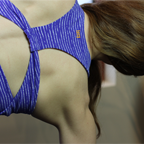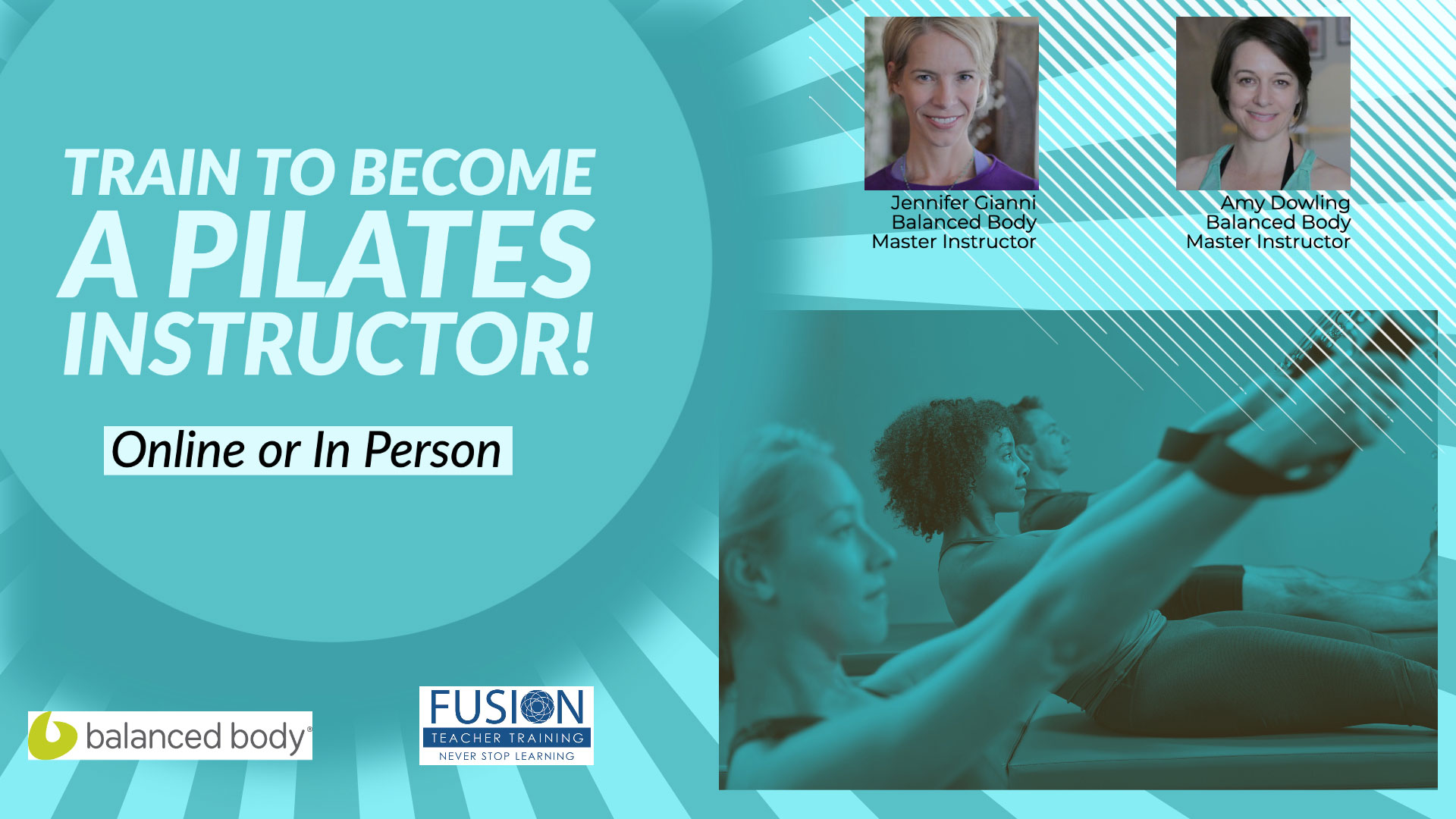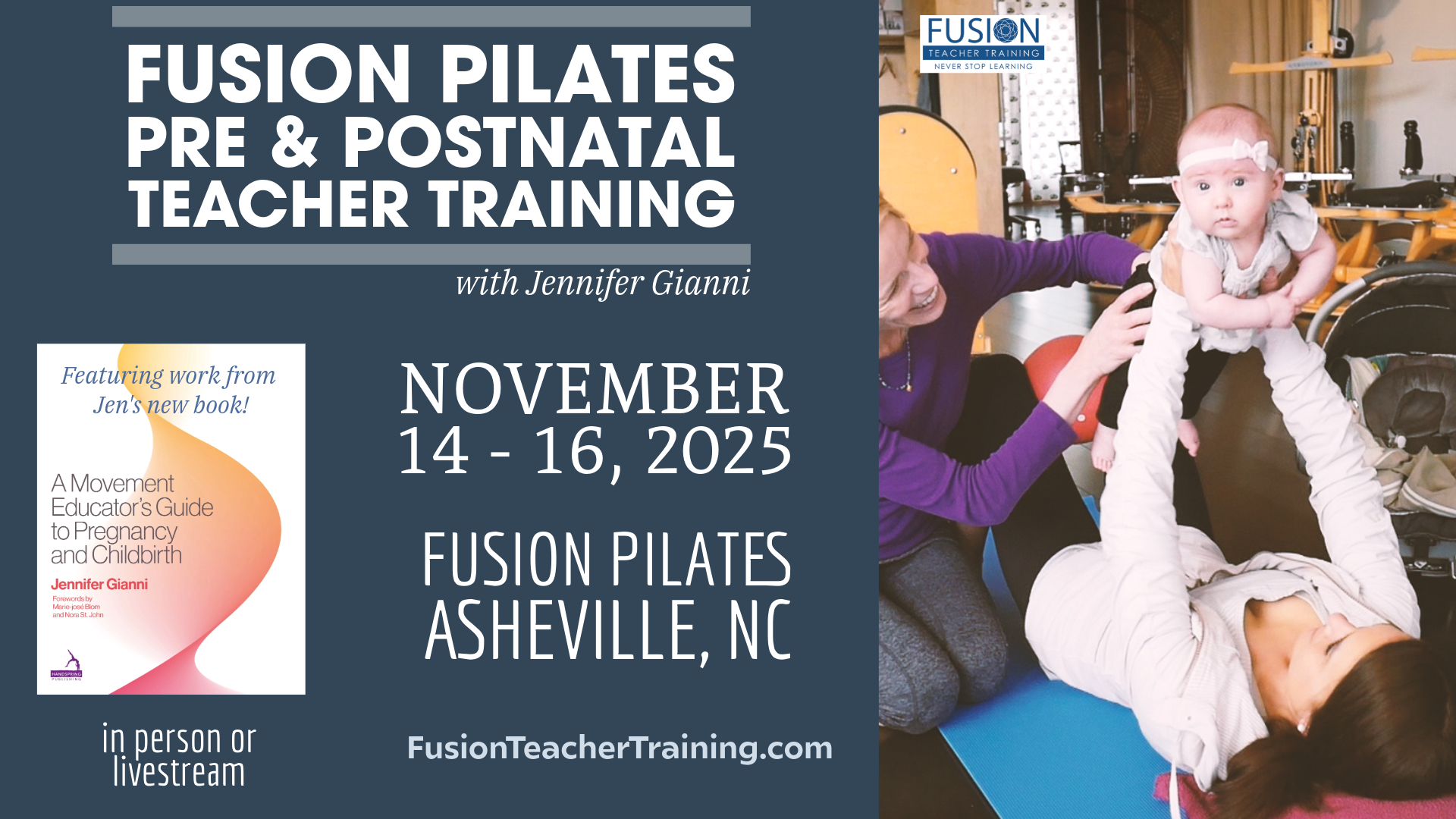 The shoulder is the most mobile joint in the body. It can also be a very unstable structure because of this extreme mobility and range of motion.
The shoulder is the most mobile joint in the body. It can also be a very unstable structure because of this extreme mobility and range of motion.
Shoulder injury is extremely common, due partly to the fact that the ball (the top of the upper arm) is much larger than the socket it glides within. This shallow socket is called the glenoid and the upper arm bone glides on its satellite dish shaped surface.
For this reason, strength of the muscles, ligaments, and tendons of the shoulder is particularly important in keeping the ball of the arm bone secured in its socket.
The shoulder joint is made up of three bones:
• the humerus (the upper arm bone)
• the scapula (the shoulder blade)
• the clavicle (the collar bone)
The ball and socket joint of the arm (the glenohumeral joint) is lined with a thin, smooth synovial membrane. When we glide the arm bone in this shallow socket, the synovial membrane secretes fluids, which oil the shoulder joint. This is one of the many reasons why it’s so important to activate all the joints of your body.
The main group of muscles that holds the ball of the arm bone into its socket are the rotator cuff muscles. This group of muscles provides essential strength and stability to the shoulder joint.
The goal of the following exercises is to strengthen the rotator cuff muscles so that the ball of the upper arm remains secure in its shallow socket.
The following are some pre-Pilates shoulder strengthening exercises that target the rotator cuff muscles. During the exercises, if you experience any sharp pain or discomfort, stop right away.
Exercise: Eagle Arms
This is a simple exercise you can do anywhere with or without weights.
If using weights, use 1, 2, or 3 lbs in each hand. Do not use heavier weight! The rotator cuff muscles are endurance muscles, so you want to use light weights with higher repetition.
• Sit on a chair with the feet spread hip distance apart on the floor.
• The back should be in a neutral position. Make sure the sternum stays lined up with the pubic bone.
• Start with the arms straight by the side of the body. The palms of the hands should face the front.
• You can use up to 3-lb weights in each hand or no weights at all.
• Inhale and lift the arms to shoulder height while keeping the palms forward.
• Hold for up to four counts and then slowly release.
• Repeat 4 to 6 times.
Exercise: Shoulder Rotation
This exercise can be done in side lying position (described below) or standing up straight.
• Lie on your side. Your body should be in one straight line from your head to your hips.
• The legs should be slightly in front of you (to the front of the mat) with the knees bent and the legs stacked one on top of the other with the kneecaps pointing straight ahead.
• We will work the top arm with either no weight at all or while holding up to 3 lbs.
• Bend the top elbow and press into the body by the waist.
• To line up the shoulder joint properly, place a folded towel between the waist and the elbow.
• Line up the elbow and wrist with the knuckles pointing toward the front so that the arm forms a 90 degree angle.
• Inhale and bring the forearm up so that the knuckles are pointing toward the ceiling. This can be accomplished by keeping the elbow squeezing into the waist. The rotation should happen at the top of the arm bone.
• Exhale and slowly bring the arm back into its starting position.
• Repeat 6 to 8 times and switch sides.
~ by Jennifer Gianni
Let us know what you thought of these exercise tips!




Leave A Reply (1 comment So Far)
Please - comments only. All Pilates questions should be asked in the Forum. All support questions should be asked at Support.
You must be logged in to post a comment.
Clear and understandable!